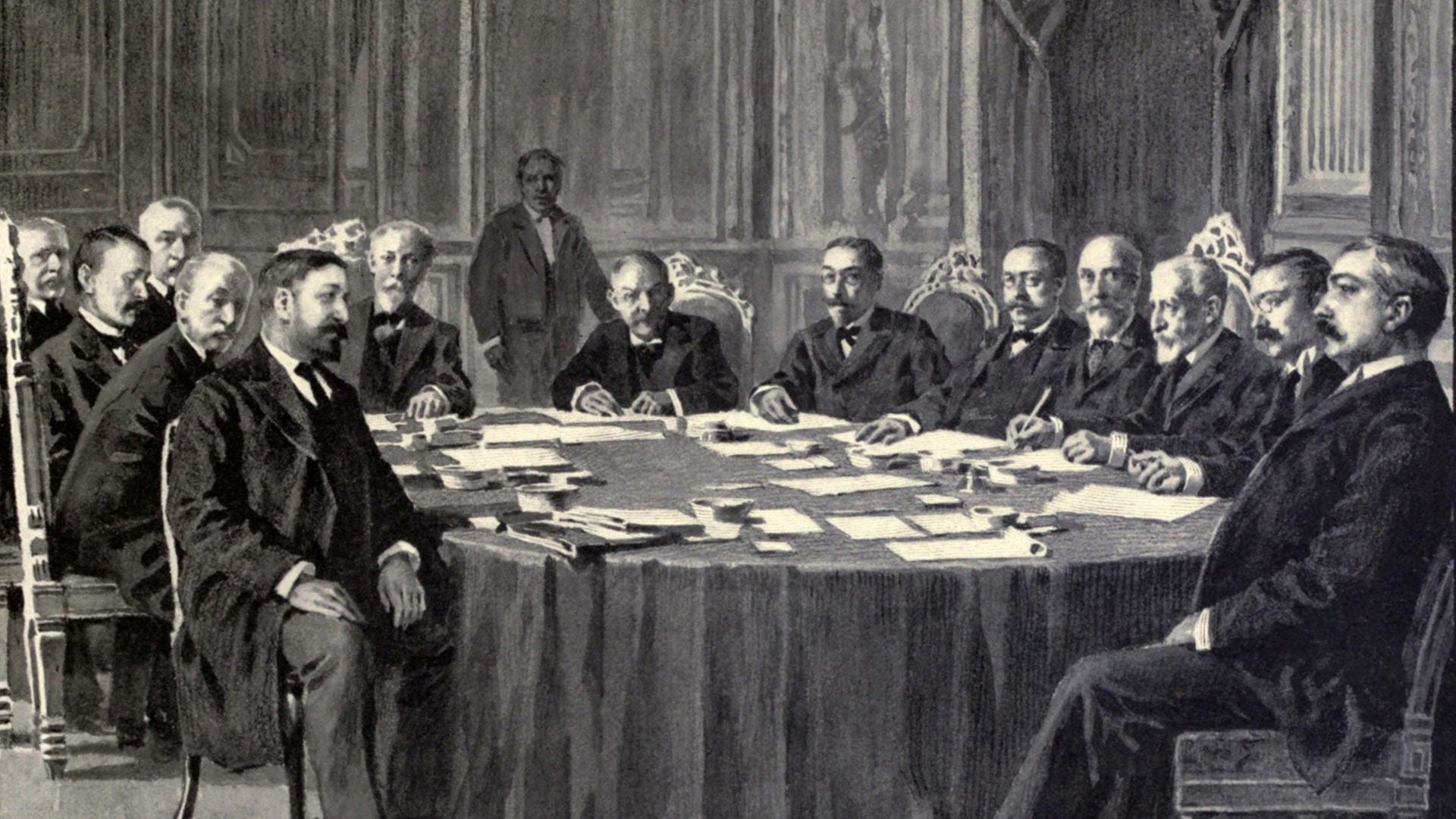Diplomacy, as a practice and academic field, has undergone significant transformation over the years. In the first edition of the Handbook of International Relations, Jönsson critically observes that the study of diplomacy has been historically “long on typologies” but “short on theory.” This critique underscores a persistent gap in diplomatic studies: the need to balance empirical practices with robust theoretical frameworks.
This article, based on my reading of “Diplomacy and the Making of World Politics,” edited by Ole Jacob Sending, Vincent Pouliot, and Iver B. Neumann, explores how contemporary diplomatic studies are evolving to bridge this gap, highlighting the interplay between empirical approaches and theoretical developments.
Dominance of Empirics in Diplomatic Studies
What the book draws our attention to is the predominance of empirical approaches in diplomatic studies that can be traced to the field’s origins. Historically, diplomacy was the realm of practitioners rather than academics. Figures like Sir Ernest Satow and Harold Nicolson, and later statesmen such as Henry Kissinger, were pivotal in shaping diplomatic thought through their extensive first-hand experience. These practitioners focused on defining the purposes and functions of diplomacy, from negotiation and information gathering to communication. This practical orientation often led to the perception of diplomacy as an “art” centred on peaceful negotiations and the pursuit of national interests.
Kissinger’s works, for instance, are seminal in understanding the influence of diplomacy on the self-perception of diplomats and the broader concept of “diplomatic culture.” His insights have significantly contributed to the academic study of diplomacy, offering valuable perspectives on the practicalities and nuances of diplomatic engagement.
Theoretical Underpinnings: Morgenthau’s Influence
The reliance on empirical methods in diplomatic studies is further reinforced by the methodological legacy of Hans Morgenthau. In his influential IR textbook, “Politics among Nations: The Struggle for Power and Peace,” Morgenthau advocates interpreting and understanding the actions and thoughts of statesmen, emphasizing the importance of interpreting their thoughts and actions. This approach has deeply influenced diplomatic studies, with many scholars adhering closely to Morgenthau’s methodology.
However, this focus on the empirical aspects of diplomacy has resulted in a literature that often prioritizes problem-solving over theoretical exploration. Studies tend to concentrate on how states pursue diplomacy rather than on developing comprehensive theories that explain the underlying social and political processes.
Conceptual Challenges and Definitions
At the conceptual level, the evolution of diplomatic studies reveals a tendency to anchor definitions in core functions of diplomacy, such as physical and symbolic representation. The English School of IR, for example, defines diplomacy as “the process of dialogue and negotiation by which states in a system conduct their relations and pursue their purposes by means short of war.” While this definition is useful in distinguishing diplomacy from other social forms, it also rigidly fixes many features of diplomacy, making it challenging to study change.
To address this issue, contemporary scholarship on the subject has expanded the scope of diplomatic studies by adding prefixes to diplomacy, reflecting its diverse manifestations: paradiplomacy, small states diplomacy, NGO diplomacy, business diplomacy, public diplomacy, and more. This diversification highlights the multifaceted nature of modern diplomacy but also underscores the need for theoretical frameworks that can accommodate these variations.
Bridging Practice and Theory: New Analytical Tools
To advance the study of diplomacy, the scholars propose moving from viewing diplomacy solely as a category of practice to considering it as a category of analysis. This shift involves developing analytical categories that offer both distance and clarity, enabling a deeper understanding of the social processes underlying diplomatic practices.
Two such theoretical lenses are configurations and authority claims. These tools allow scholars to specify what, if anything, is changing in contemporary diplomatic practices. By focusing on configurations, researchers can analyze the relational aspects of diplomacy, such as how different actors interact within the diplomatic system. Authority claims, on the other hand, examine how diplomats assert and negotiate their authority in various contexts.
In doing so, what the book highlights is the evolution of diplomatic theory which reflects a growing recognition of the need to integrate empirical practices with robust theoretical frameworks. By developing new analytical tools and perspectives, the authors argue that scholars can better understand the complexities of modern diplomacy and its role in shaping world politics. This integrated approach not only enriches the academic study of diplomacy but also enhances our ability to address the dynamic challenges of international relations in the 21st century.
To explore more about the book and its contributions, you can access it here.





